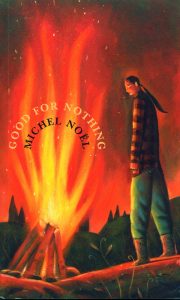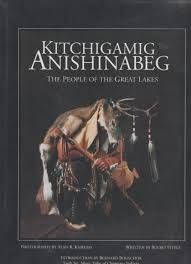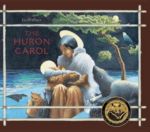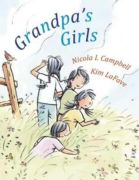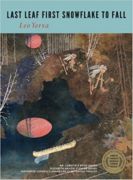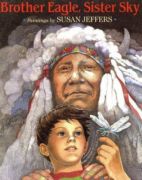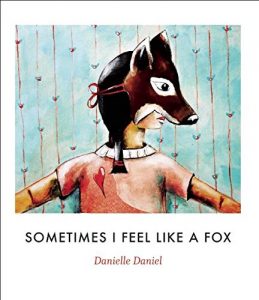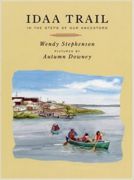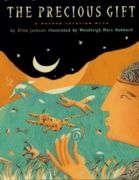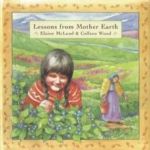
Tess has visited her grandmother many times without really being aware of the garden. But today they step outside the door and Tess learns that all of nature can be a garden. And if you take care of the plants that are growing, if you learn about them — understanding when they flower, when they give fruit, and when to leave them alone — you will always find something to nourish you. At the end of their day Tess is thankful to Mother Earth for having such a lovely garden, and she is thankful to have such a wise grandma.

